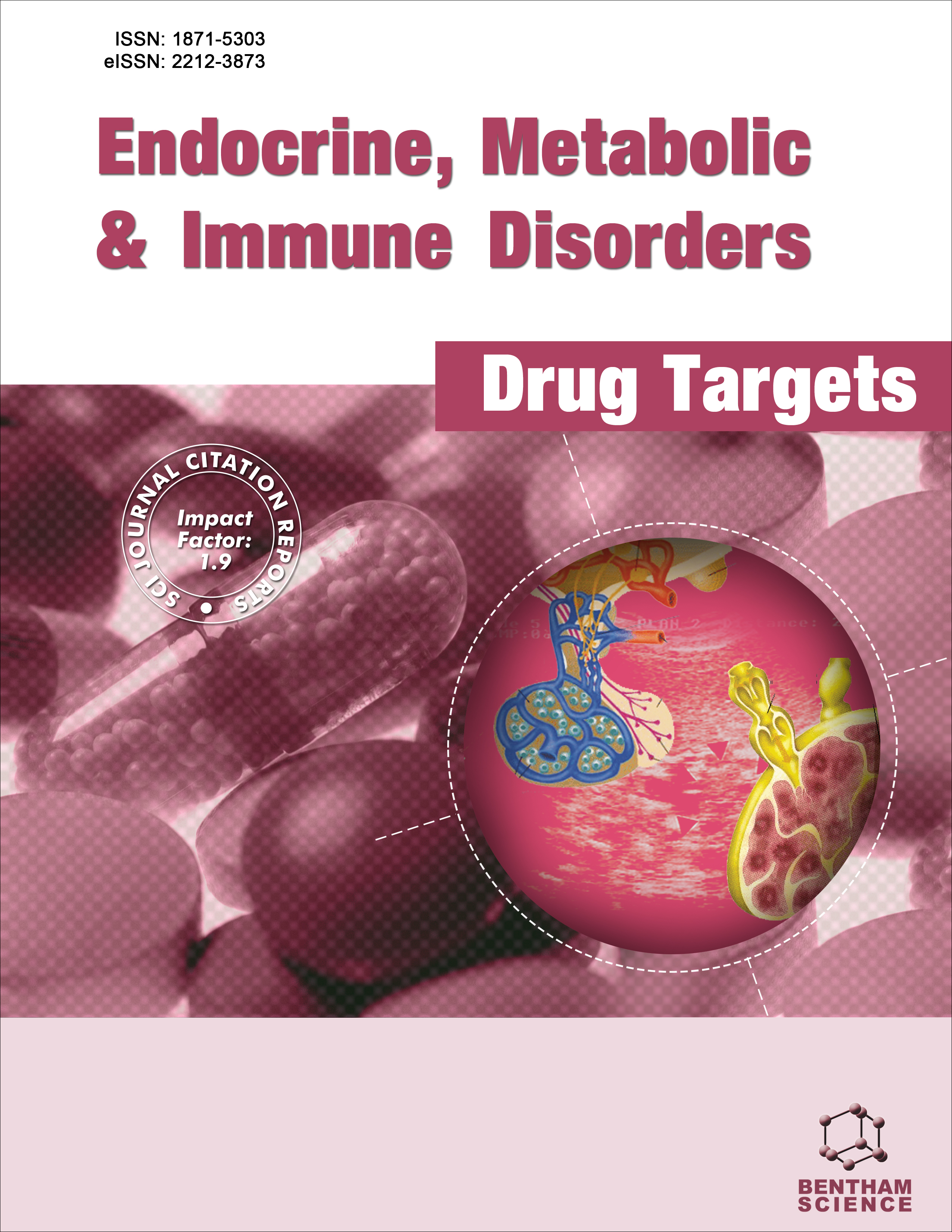
-
oa Berberine Improves Glucose and Lipid Metabolism in Obese Mice through the Reduction of IRE1/GSK-3β Axis-Mediated Inflammation
-
-
- 11 May 2024
- 15 Oct 2024
- 08 Jan 2025
Abstract
Berberine (BBR) has the characteristics of repressing hyperglycemia, obesity, and inflammation, as well as improving insulin resistance. However, the underlying mechanism remains to be fully understood. This study explores whether BBR regulates inositol requiring enzyme 1 (IRE1)/glycogen synthase kinase 3 beta (GSK-3β) axis to resist obesity-associated inflammation, thereby improving glucolipid metabolism disorders.
Mice were fed a high-fat diet and administrated with BBR, followed by measurement of weight change, biochemical indicators, as well as glucose and insulin tolerance. Insulin-resistant 3T3-L1 adipocyte models were established, and the model cells were treated with BBR and IRE1 inhibitors. Cell viability was detected by cell counting kit-8 assay. Inflammatory factor secretion and glucose consumption were measured via specific kits. Oil red O staining was used to observe lipid droplet formation, and protein expressions in the IRE1/GSK-3β axis were determined via Western blot.
BBR reduced weight, insulin resistance, levels of triglyceride, total cholesterol, free fatty acid, high-density lipoprotein, and low-density lipoprotein but improved glucose tolerance in obese mice. BBR and IRE1 inhibitors demonstrated no cytotoxicity. BBR and IRE1 inhibitors diminished secretion of tumor necrosis factor-alpha, interleukin-6, and monocyte chemoattractant protein 1, lipid droplet formation, and values of p-IRE1/IRE1 and p-GSK-3β/GSK-3β, but elevated glucose consumption in insulin-resistant adipocytes.
BBR improves glucose and lipid metabolism in obese mice through the reduction of IRE1/GSK-3β axis-mediated inflammation, showing the great potential of BBR in reversing insulin resistance in obesity.

